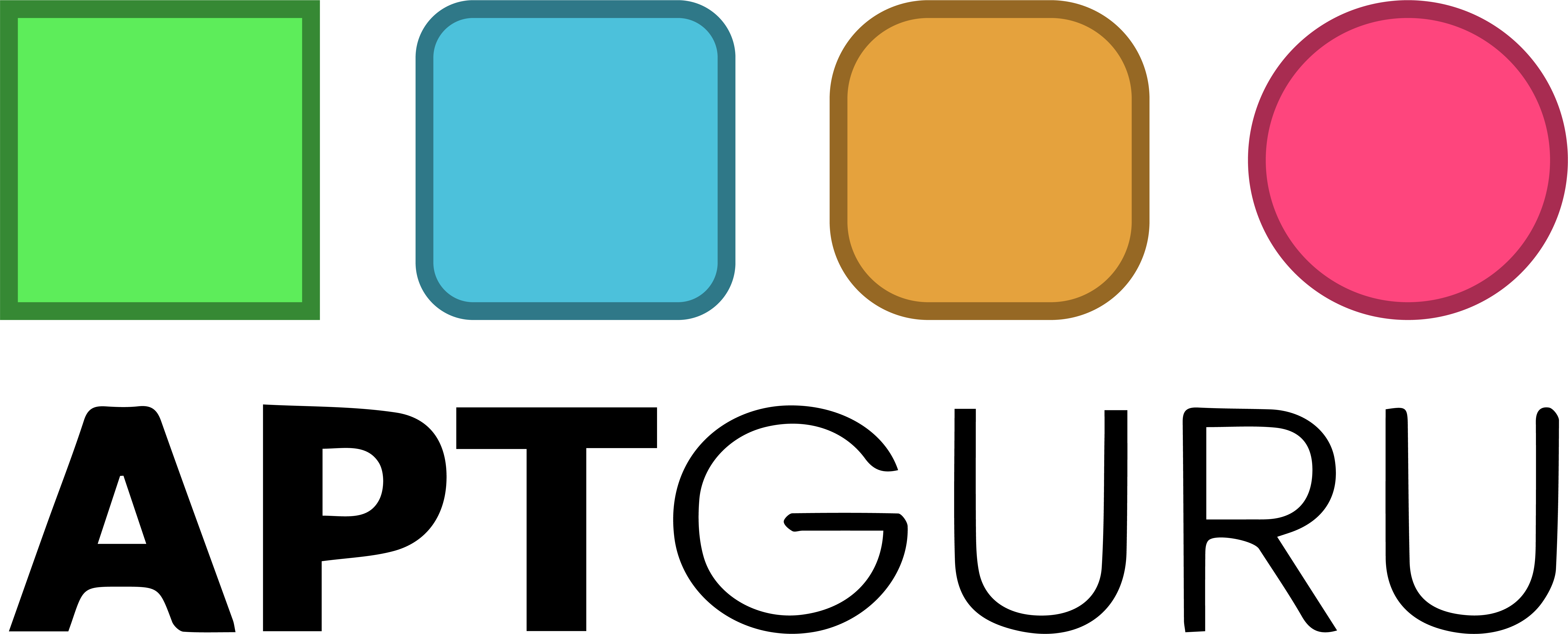Choosing between homeschooling and traditional schooling is one of the most important decisions parents face. Both options have unique advantages and challenges, and the best choice depends on your child’s learning style, your family’s lifestyle, and your educational goals. In this blog post, we’ll break down the pros and cons of homeschooling and traditional schooling to help you make an informed decision.
Traditional Schooling: The Familiar Option
Traditional schooling is the most common form of education. Students attend a local school, where they are taught by professional educators in a structured classroom environment. The curriculum is typically set by the government or school district, and students learn alongside their peers.
Benefits of Traditional Schooling
- Social Interaction
Traditional schools provide ample opportunities for students to interact with a diverse group of peers. Through group activities, sports, and clubs, children develop essential communication and teamwork skills. - Structured Environment
With a clear schedule and set routines, traditional schooling offers a predictable environment that helps children thrive, especially those who benefit from consistency. - Extracurricular Opportunities
From sports teams to music lessons to art programs, traditional schools often provide a wide range of extracurricular activities that help children explore their interests and talents. - Access to Resources
Schools are equipped with resources like libraries, science labs, and special education services. Students also benefit from experienced teachers who are trained in specific subjects and teaching strategies.
Challenges of Traditional Schooling
- Limited Individual Attention
In a classroom of 20 or more students, teachers may struggle to provide personalized attention to each child, which can be a disadvantage for students who need extra support. - One-Size-Fits-All Approach
Traditional schools often follow a standardized curriculum, which may not cater to every child’s learning pace or style. Some students may find the material too challenging or too easy. - Potential for Negative Peer Pressure
Issues like bullying, cliques, or unhealthy competition can arise in traditional school settings, potentially affecting a child’s emotional well-being.
Homeschooling: A Personalized Approach
Homeschooling offers a flexible and personalized alternative to traditional schooling. Instead of attending a school, children learn at home under the guidance of their parents or tutors. The curriculum can be tailored to the child’s unique needs and interests.
Benefits of Homeschooling
- Customized Learning
Homeschooling allows parents to tailor the curriculum to their child’s strengths, weaknesses, and interests. For example, if a child excels in math but struggles with reading, the parent can adjust the pace and materials accordingly. - Flexible Schedule
Homeschooling offers the freedom to design a schedule that works for the family. Learning can happen anytime, anywhere—whether it’s during a family trip or through hands-on experiences in the community. - Closer Family Bonding
Homeschooling provides more opportunities for family time, allowing parents to teach their children important life skills, values, and beliefs alongside academics. - Fewer Distractions
Without the distractions of peer pressure, bullying, or overcrowded classrooms, homeschooled children can focus more on learning at their own pace.
Challenges of Homeschooling
- Time Commitment
Homeschooling requires a significant time investment from parents, who must prepare lessons, teach, and provide ongoing educational support. This can be challenging for parents with full-time jobs or busy schedules. - Limited Socialization
While homeschooling offers personalized attention, it can also limit a child’s exposure to peers. Parents may need to seek out social opportunities through co-ops, clubs, or community activities. - Financial Strain
Homeschooling often involves additional costs for educational materials, field trips, and extracurricular activities. Additionally, one parent may need to reduce their working hours or stay home full-time, which can impact the family’s finances. - Lack of Specialized Resources
Homeschooling families may not have access to resources like science labs, sports teams, or special education services. Parents may need to seek out additional support from tutors or online programs.
Which Option is Right for Your Child?
The decision between homeschooling and traditional schooling depends on your child’s needs, your family’s lifestyle, and your educational goals. Here are a few questions to consider:
- Does your child thrive in a structured environment or prefer flexibility?
- How much time can you commit to teaching or supervising your child’s education?
- Are there local resources or support groups for homeschooling families in your area?
If you’re still unsure, some families choose to try homeschooling for a year or explore hybrid options that combine both home and school-based learning.
Final Thoughts
There’s no one-size-fits-all answer when it comes to education. Whether you choose traditional schooling or homeschooling, the goal is the same: to provide your child with a nurturing, enriching education that helps them thrive. Take your time, weigh your options, and trust your instincts. After all, you know your child best!
Call-to-Action (CTA):
“Still unsure which option is right for your child? Share your thoughts or questions in the comments below—we’d love to hear from you! And if you found this post helpful, don’t forget to share it with other parents who might be facing the same decision.”



